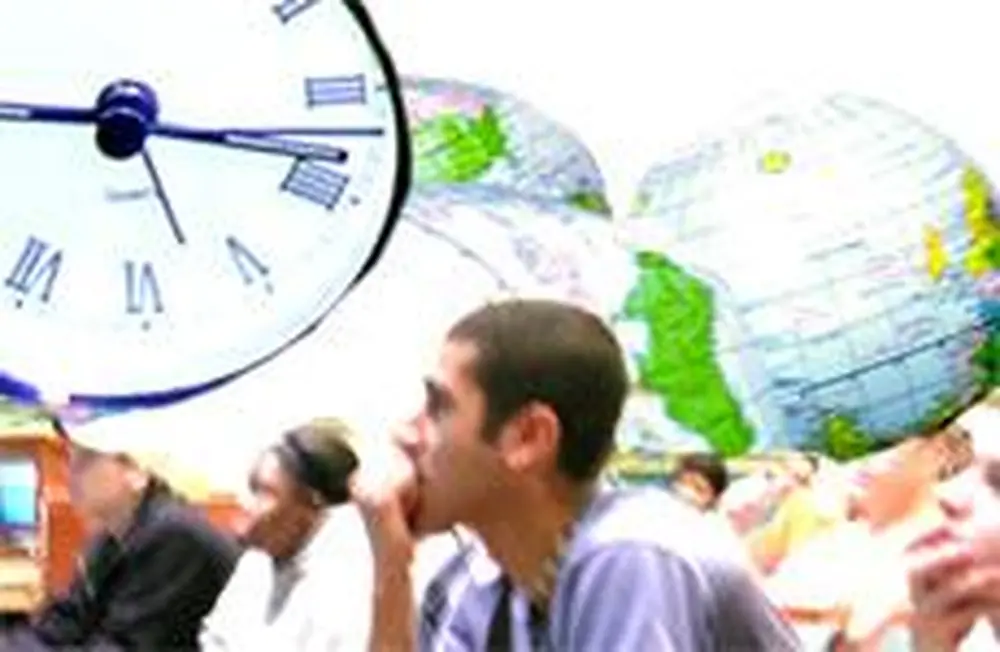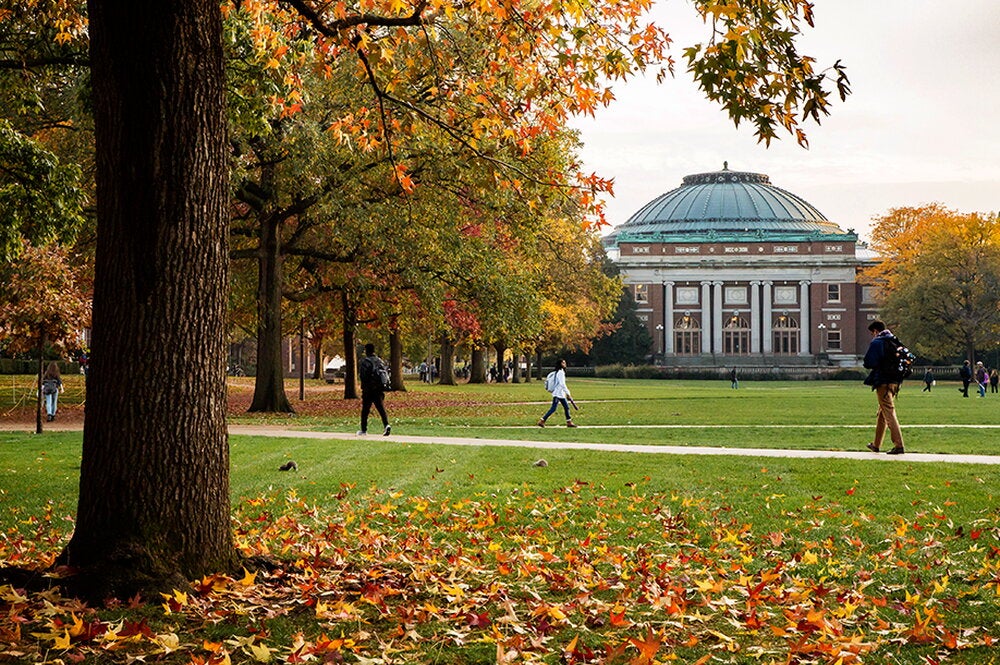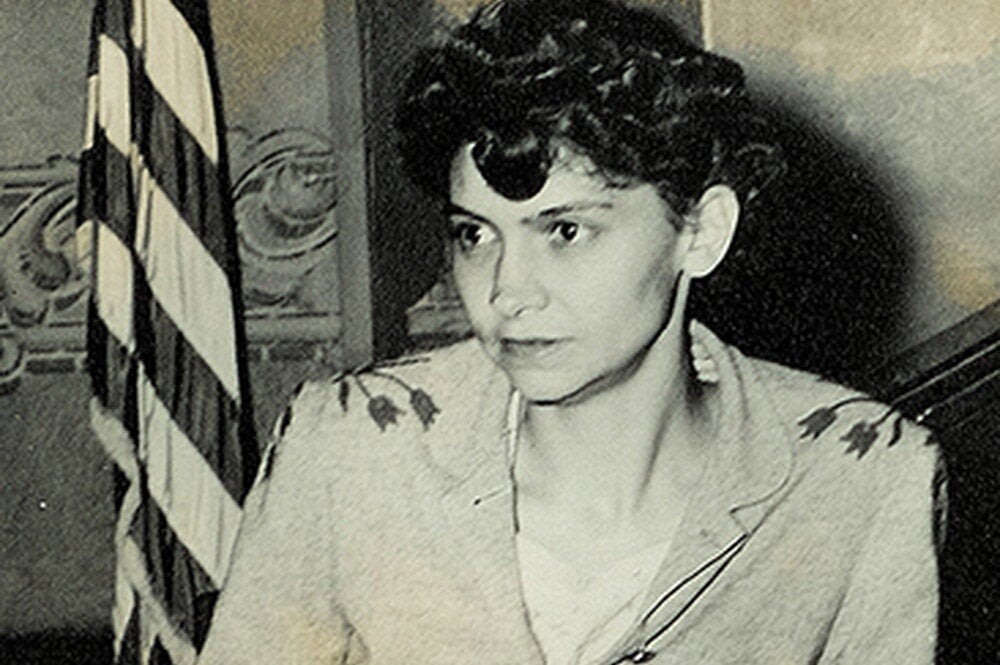

What is the only U.S. state that legally allows its residents to cast absentee ballots from outer space?
If you had been at the sixth annual Globe-O-Mania, sponsored by the geography department in LAS, you would have discovered that the right answer to this question was Texas, home of the U.S. space program in Houston. What's more, you might have found yourself regularly exclaiming, "Houston, we have a problem," as you puzzled over the brain-twisting geography questions that flashed on the screen in the packed University of Illinois auditorium.
Forty teams, with names such as "Gentrify This" and "Princess Consuelo, Banana Hammock, and Entourage," recently competed for the coveted Globe-O-Mania championship. The winner, after a sudden-death round broke a three-way tie, was a team of geology students who called themselves "Sloughing is Mass Wasting." They answered 40 out of 45 questions correctly.
The victory was particularly satisfying for the team because they had placed third in 2004 and second in 2005. In fact, their team name stemmed from the contest two years earlier, in which they faced the multiple-choice question: "Which of the following is NOT a type of mass wasting?" One of the players on the team insisted that the correct answer was "sloughing"-a wrong response that cost them the championship.
Since then, they have dubbed themselves, "Sloughing IS Mass Wasting."
"Globe-O-Mania is a way of spreading the word about geography," says Ciaran Harman, president of the Geography Graduate Students Association. He says people have the mistaken notion that geography is all about memorizing trivia such as the names of capitals, countries, and land features.
But as Colin Flint, a geography professor in LAS, puts it, "Geography is more of a perspective, a way of looking at the world. Geographers study a wide variety of topics, from glaciers and war to floods and poverty."

According to Flint, geography is broken up into three main branches: human geography, which looks at social issues in different places; physical geography, which studies landforms; and geographic information science, which analyzes the processes of gathering geographic information.
"It's a lot more than maps," he says.
The 40 Globe-O-Mania teams, made of up four to five players each, answered questions in all three areas of geography using electronic clickers developed by the U. of I. physics department. Teams had one minute to answer each question with the clicker, which automatically tallied their answers. When the correct answer was then flashed on the large screen, the audience erupted in either collective groans or cheers.
So what is the largest city in the United States by land area? Is it New York, Dallas, Jacksonville, or Los Angeles?
If you answered "Jacksonville, Florida," you might just have what it takes to win big in Globe-O-Mania.


